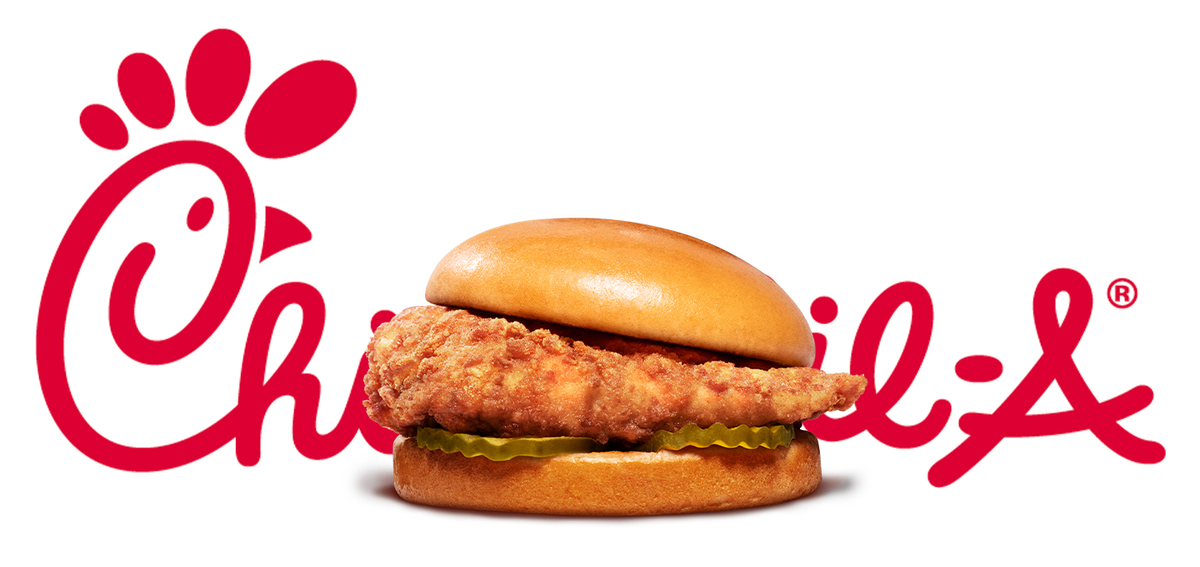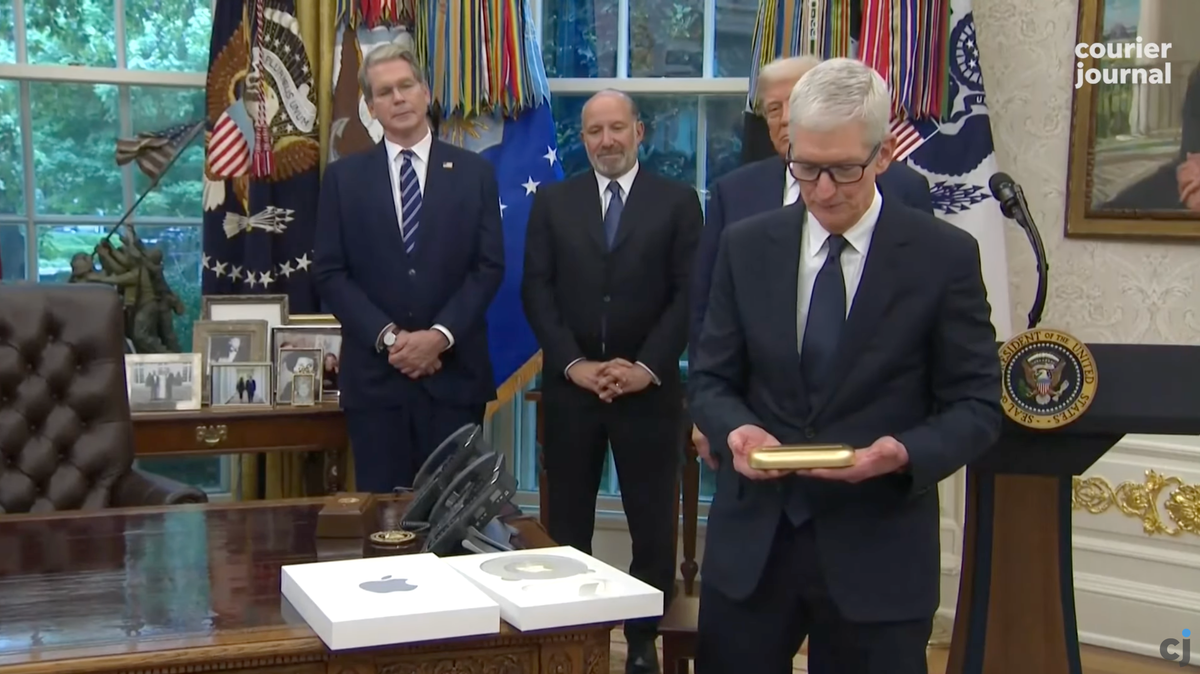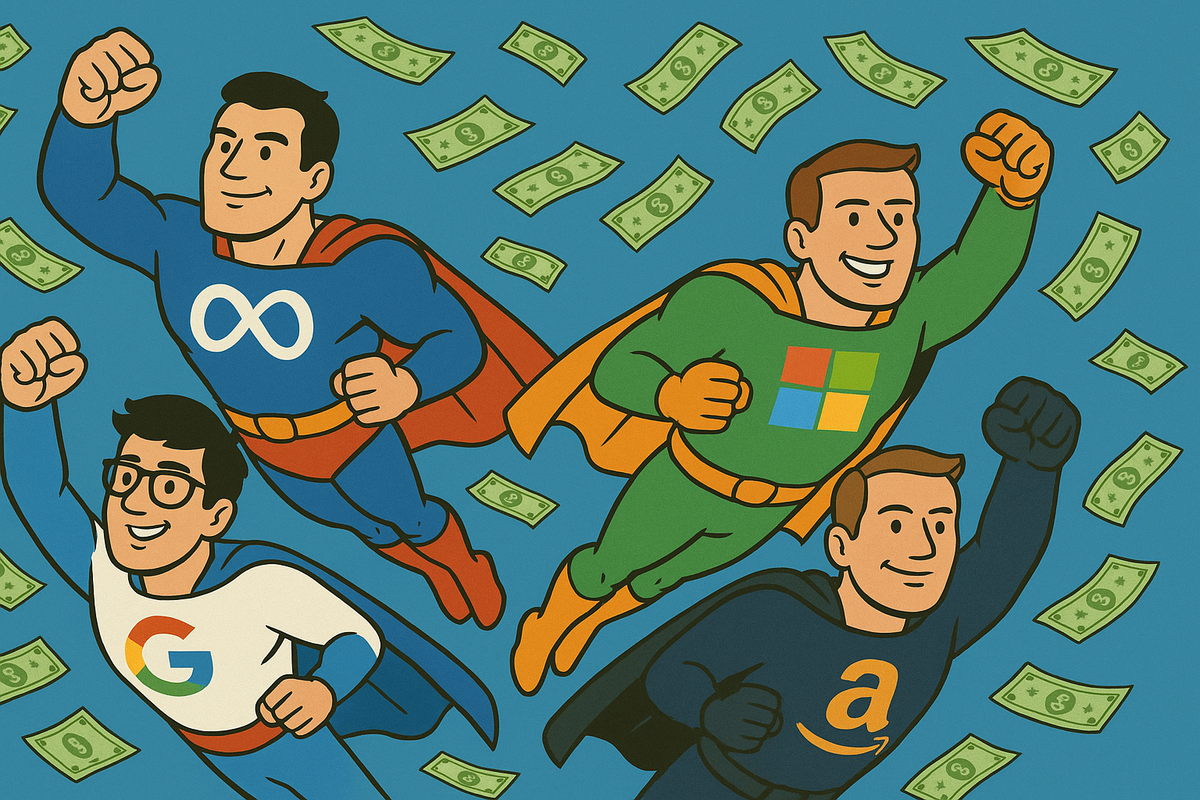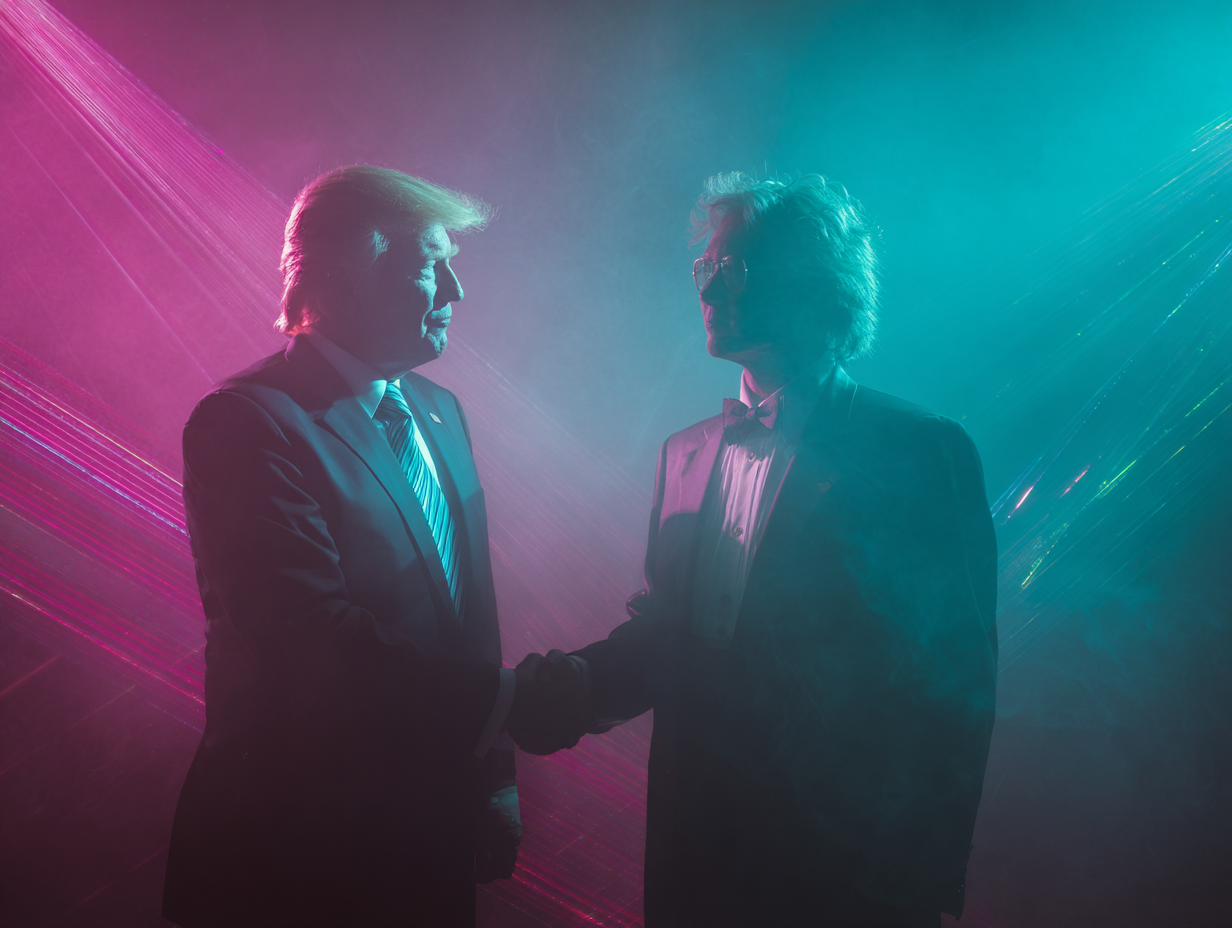OpenAI Moves Fast and Breaks ChatGPT

When you've been around long enough, you start to notice patterns. So it is in life, so it is on the internet. With that context, I found myself watching the backlash to the roll-out of GPT-5 within ChatGPT with great amusement. This is, of course, the same general reaction you see when any product of a large enough scale makes changes. The changes can be good or they can be bad. That doesn't really matter. All that matters is the change. If it's not a fundamental law of products, it should be: users hate change. And the more used and loved a product is, the more feelings of hatred the change evokes.
So does that mean you should never change things? I mean sure, if you want to die a slow death, that can be a strategy.1 But obviously your product has to evolve with changing user behavior at various points. You can overdo it, for sure – Snap seems to consistently run into this issue – but there's a balance. And the products that stand the test of time tend to ride that wave the best.
So did OpenAI just wipeout? Well at the highest level, no. They'll be fine. On a scale of zero to Qwikster, I imagine this is about a three in terms of magnitude. The recent Sonos software fuck-up was probably more like an eight or nine.2 Sam Altman acted quickly to rectify the situation here with the easy fix: putting the old model back in place as an option. That's fine. The more troublesome element is that they didn't seem to realize this would happen. Again, history – certainly the history of software and certainly the history of software on the internet – is rife with examples and lessons.
The one that immediately jumped to my mind was Facebook. Before they were "Meta", the social network had a long history of rolling out changes to their service and facing major backlash and user revolts. The most famous of these was undoubtedly the first: the roll-out of the News Feed in 2006. It seems crazy to think that there was backlash against it now as it became both the most vital part of the product and one of the best ideas in the history of the internet – at least when it came to engagement and monetization. But there was – oh boy was there! Fast forward nearly 20 years and Meta is a $2T company today because of the News Feed. But if they had listened to the users...
It's all just a variation of the perhaps apocryphal Henry Ford quote, "If I had asked people what they wanted, they would have said faster horses." That's just an offshoot of users hating change – to the point where they can't really think about or imagine why something new and different might actually be better.
At the same time, the GPT-5 roll-out was different than the News Feed roll-out because it was less of a UI change and more of a UX change. It was a mostly – but not fully – behind-the-scenes model swap. So in that regard, it's perhaps more akin to the many algorithm tweaks that Facebook has done throughout the years in the name of boosting engagement in that News Feed. "Pivot to Video" was a big part of this for a while, but there were other changes over the years, such as when Facebook tried to snuff out Twitter by making their feed much more akin to a real-time news and micro-update feed. There were many, many other such updates, all of which had their own levels of backlash. All of which were reported at the time to be the end of Facebook. And Facebook just kept on growing, to the tune of 3 billion users and still, somehow, growing even now!
But again, this ChatGPT update wasn't entirely just a behind-the-scenes algorithm update, like Facebook or even Google used to do.3 OpenAI also took away something which was there previously: the model picker. Well, technically it was still there, but only to decide between a few GPT-5 flavors. Whereas before it was... well a mess! And so it's completely understandable why OpenAI wanted to change that – the UI was becoming like Microsoft Office, with toolbar cruft galore! Clearly if AI was really advancing towards AGI, it would be able to figure out the best model for a user's query on its own.
Of course, that fucks with user agency. Which is always a tricky thing, but especially tricky when it comes to AI and all the debates surrounding the technology. Clearly, a large subset of users liked being able to decide which model they wanted to use as it gave them at least the feeling of more control. And many built their own workflows around access to particular versions of particular models, models which OpenAI just took from their hands in an instant.
I mean, obviously that was dumb. Even if the overall change was the right one from a product perspective. Both things can be true – and are here.
Casey Newton at Platformer has the reasonable and obvious list of how OpenAI should handle such changes going forward. They basically boil down to giving users options – especially paying users, as John Gruber notes at Daring Fireball. And lest you risk the aforementioned Microsoft Office UI cruft, you set a time period for sunsetting older models – a lesson which, again, basically every company at a large enough scale has learned over time.
I also might argue – as I have in the past – that the general concept of the model picker with OpenAI's obtuse model naming strategy, is beyond confusing for "regular" users. As I wrote last February, outlining the potential "Great AI UI Unification" which OpenAI clearly needed:
Well, now we're up to eight options – six in the main drop-down and still those same two "left-overs" in the sub-menu. And technically it's nine options if you include the "Temporary chat" toggle.
And depending on which model you choose to use, you get other options from there, as various buttons will be enabled in the message box for 'Web Search' and now 'Deep Research'. Oh and I forgot the '+' button, which has more options depending on where you're using it. And, of course, there's the '...' button in this box too, giving you a sub-menu for the 'Image' or 'Canvas' options. Oh yes, and Voice Mode. (And voice transcription on certain devices.)
Forget Microsoftian, it's downright Gordian!
And while some of those "regular" users have clearly learned how to use that system out of need, assuming that OpenAI intends to grow ChatGPT even beyond its current massive scale, this one-model-to-rule-them-all UI is still undoubtedly the right change for the masses. You just need to show more transparency around what that model is doing and picking, per Newton's point and what Altman has said they were going to do (and one of the true takeaways from the "DeepSeek Moment").
The only thing I might add is the idea that with OpenAI's move to "open source" (read: open weight) some of their models, you could give the option for users to download older models that they loved for whatever reason, just with the disclaimer that they're older and undoubtedly less performant and potentially out of date... (presuming they could be cleared from a security and risk perspective to run locally, of course).
Back to what I wrote in February:
Imagine this: an input box with no options. You simply type something and ChatGPT figures out your intent. Insert the joke about needing to ask ChatGPT which ChatGPT model to use – except, really! That's how it should more or less work, albeit mostly transparently (unless you want to see the chain-of-thought!) to users. I mean, obviously there will be some options, but those will be more meant for power users, as is the case with many tools.
The timing of this revelation was also interesting in light of a new report by Stephanie Palazzolo for The Information revealing that the reason why Anthropic has been so slow to release a reasoning model is because they're aiming to take the same general unified approach that Altman outlined above. And it's coming soon. Model-pickers are so 2024. 2025 is going to be all about the model picking itself.
It is interesting that when Anthropic finally rolled out their similar change, there wasn't this level of backlash. Yes, yes, there was a "funeral" for Claude 3 Sonnet, but that's clearly more tongue-in-cheek. But they also kept the model-picker UI, just buried it, and clearly part of the difference in reaction here to the actual model transparency change can probably be chalked up towards just how much more – and how much more varied – usage ChatGPT gets versus Claude.
More to today's issue, OpenAI clearly missed the bit about options for "power users". And really, any idiot could have figured out what to do here, back in April:
I just want a prompt box and I want ChatGPT to sort out what model to use behind the scenes based on what I'm asking for 99% of use cases. Give us the full chain-of-thought flow to instill trust that ChatGPT is smart enough to make the right call here. For the other 1%, there can be some sort of streamlined model picker. This will mainly be for power users, obviously. But with ChatGPT now going fully mainstream, this all clearly needs to happen pronto.
On the surface, it's strange that OpenAI didn't realize how their implementation would result in such a backlash. But when you step back, you can probably see why: again, the product tweaks are clearly the right thing to do going forward and presumably the company was so busy hard-charging towards this important launch that they didn't stop to really consider that they're now one of those companies with a product that is at a scale where such changes are going to be hated. Always. Again, no matter if they're "right" or "wrong". They're just "different" and people generally hate change. And at scale, such hatred – even if just by a vocal minority – always spirals into backlash.
And yes, it's undoubtedly further exacerbated here by the fact that AI is a different beast when it comes to the feelings it elicits – good and bad – from people. And the fact that some people are already integrating it so deeply into their lives – both professionally and personally – that Thanos-snapping a model out of existence is harsh to the point where some people might even consider it cruel. That's not a judgement either way, it just seemingly is what it is here. Joanna Stern correctly read the room in this regard in her newsletter a couple days before OpenAI did.
At the same time, it's important for OpenAI to have the right read of this room now. This isn't a "revert everything" moment like with Qwikster, it's a "make some tweaks", learn some lessons, and move forward moment. Just like Facebook used to do. But let's hope those tweaks are more on the subtle side and not like what Facebook would do in their privacy controls area. An area which, after intense legal and political scrutiny, now makes that Microsoft Office toolbar look like a beautiful, seamless, and simple bit of UI.
I'll end by returning one last time to the end of my UI post from February:
In that way, I'm reminded of Google. It's easy to forget now, but one of the key aspects of the actual product was the spartan design. It was a search box. That's it. None of the noise that Yahoo had. None of the cruft of AltaVista. Just a name and a search box. And that's largely still true 25 years later! There are options, but mainly after you let Google try to sort it out for you.
In fact, I think one of the key understated elements of Google throughout the years is just how good it is at figuring out your intent. It's honestly a better spell checker than spell checkers are. You can type something that's borderline gibberish and Google will usually figure it out. Those types of intangibles breeds user trust and usage. ChatGPT is actually quite good at it too, so they should just remove some of the creeping cruft.
Well, they did. But they moved too fast and broke things – namely some user workflows and trust. But again, that original Google Search box is what they should aspire to here. Probably before Google itself does...





1 Yes, yes, there are some products that almost stubbornly refuse to change. And sometimes it can actually reinforce the user love over a long enough period of time, sort of like a warm blanket that users know will always be there. But for every Wikipedia, you run the risk of being Craigslist, which gets disrupted quite easily in a fast-evolving world, especially on the internet. Also, Wikipedia is currently facing its own challenges in the age of AI...
2 Honestly, the Sonos situation was probably even worse than Qwikster debacle because that was a relatively straightforward fix for Netflix – just don't make the change. Sonos seemingly did a ton of work behind the scenes to make their software changes which were incredibly hard to just roll back – something which my friend, Tom Conrad, has been doing the lord's work as the new CEO of the company to try to fix. And the brand trust was hit harder as a result, especially with how vital music can be in certain social settings (weddings, parties, etc). Anyway, "Qwikster" is just more fun to write and make fun of for its ridiculous name.
3 Google's algorithm tweaks would often cause an uproar within the SEO community more than with the user base, because those changes were often trying to stay ahead of spammers gaming SEO! But also, as we're now seeing more clearly with the AI changes, many sites that previously lived off of Google traffic are up-in-arms when such tweaks change those dynamics...





